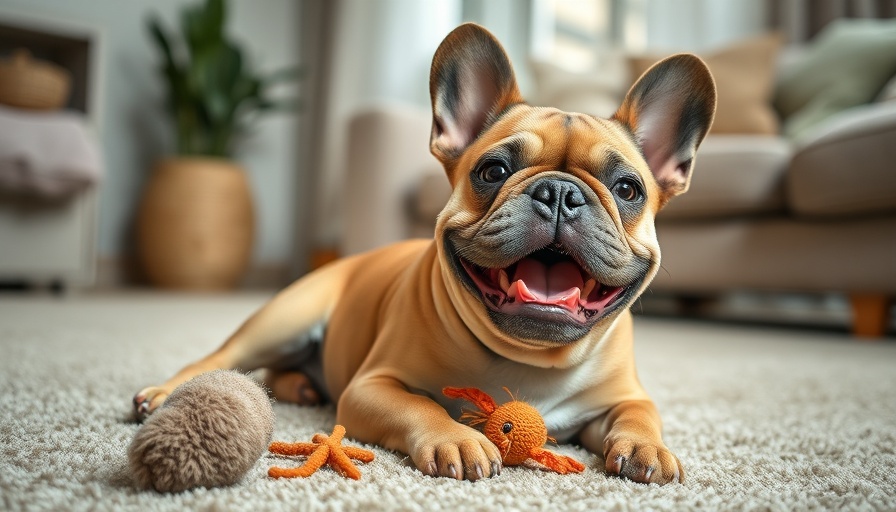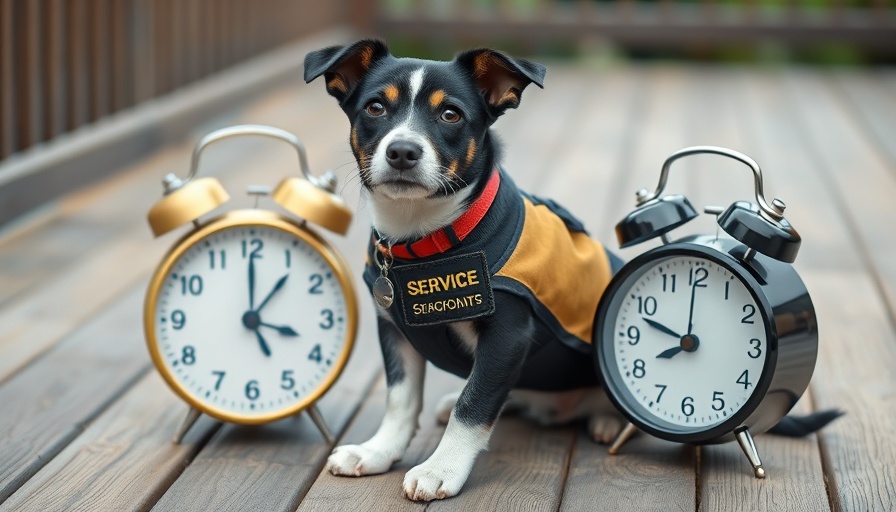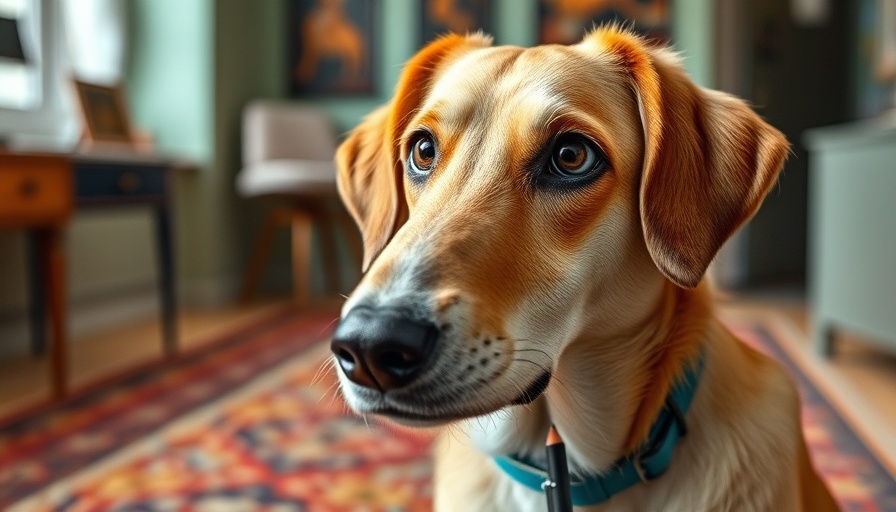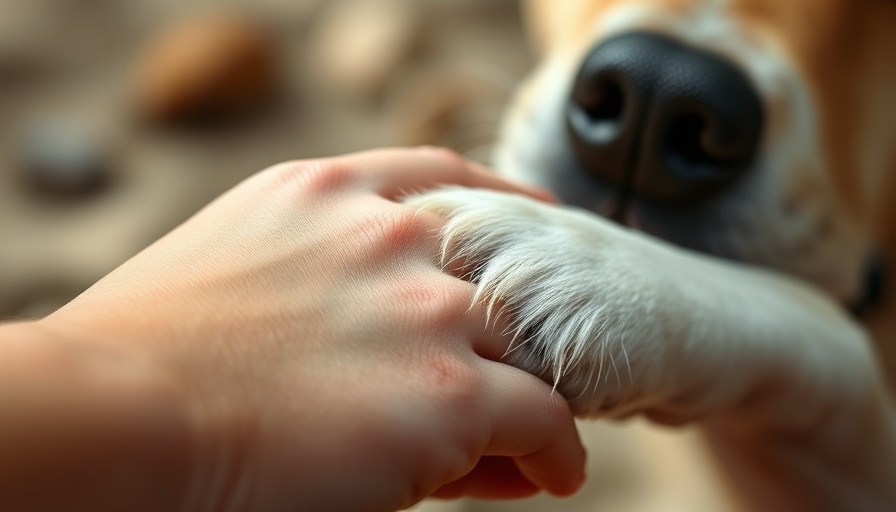
Your Comprehensive Guide to Puppy Housebreaking
Bringing a new puppy home is an exciting adventure, but one that comes with its unique set of challenges – particularly when it comes to housebreaking. An essential tool that can ease this process is the use of dog training pads. In this article, we’ll explore the significance of these pads and provide valuable tips to ensure a smooth transition for both you and your puppy.
Why Puppy Training Pads Are Essential
Puppy training pads draw more than just convenience; they are pivotal in establishing good potty habits. Puppies, by nature, lack the ability to hold their bladder for long due to their small size and high metabolism. Training pads provide designated areas for them to relieve themselves, safeguarding your carpets and floors from unexpected messes.
Using these pads consistently also helps establish a routine. When your puppy learns where to go potty, it builds their confidence and reduces the likelihood of accidents in areas you want to keep clean. Furthermore, training pads are particularly useful during inclement weather or when you're unable to take your puppy outside frequently, ensuring your furry friend is relaxed and stress-free.
Choosing the Right Dog Training Pads
Not all training pads are created equal. It's crucial to choose the right ones to fit your puppy’s needs:
- Size Matters: Larger pads may be more suitable for bigger breeds or active puppies requiring more space.
- Absorbency: Opt for pads that boast excellent absorbency. High-quality pads can minimize leaks and odors, creating a more pleasant experience for you and your pup.
- Attractants: Some pads come infused with scents that attract your puppy, making them more likely to use them consistently.
Tips for Successful Puppy Pad Training
Implementing a successful puppy pad training regimen requires patience and understanding. Here are some practical tips to guide you:
- Consistency is Key: Establish a routine for potty breaks. Take your puppy to the pad after meals, naps, or play sessions. Puppies generally can hold their bladder for about one hour for each month of age.
- Supervision: Keep an eye on your puppy to catch signs that they need to go. If you see them sniffing or circling, it’s time to guide them to the pad.
- Positive Reinforcement: Always reward your puppy with praise or treats when they use the pad correctly. This positive reinforcement will encourage them to keep using the pad in the future.
- Handling Accidents: If an accident happens, stay calm. Never punish your puppy; instead, clean the area thoroughly with an enzymatic cleaner to remove odors that may attract them to that spot again.
The Transition from Pads to Outdoors
As your puppy gets comfortable using pads, you can gradually transition them to outdoor potty habits. Move the pad closer to the door over several days, eventually placing it outside. Consistent positive reinforcement will aid in getting your pup used to going outdoors.
Innovative Training Solutions: Meet BrilliantPad
For those who are keen on minimizing cleanup, the BrilliantPad may be a game changer. This innovative, self-cleaning potty solution eliminates the mess of traditional pads by encapsulating waste and making disposal seamless. This option not only keeps your home cleaner but reduces the time you spend on post-potty cleanup, allowing for more precious moments with your beloved pup.
A Final Word on Patience and Consistency
Housebreaking a puppy requires patience and understanding. Expect that it may take some time before they become consistently reliable. Stick to a routine, look for signs of need, and remain gentle and encouraging throughout the process. With the right tools and a nurturing approach, your puppy will soon grasp their potty training, leaving you both more relaxed and happy within your home.
 Add Row
Add Row  Add
Add 




 Add Row
Add Row  Add
Add 

Write A Comment